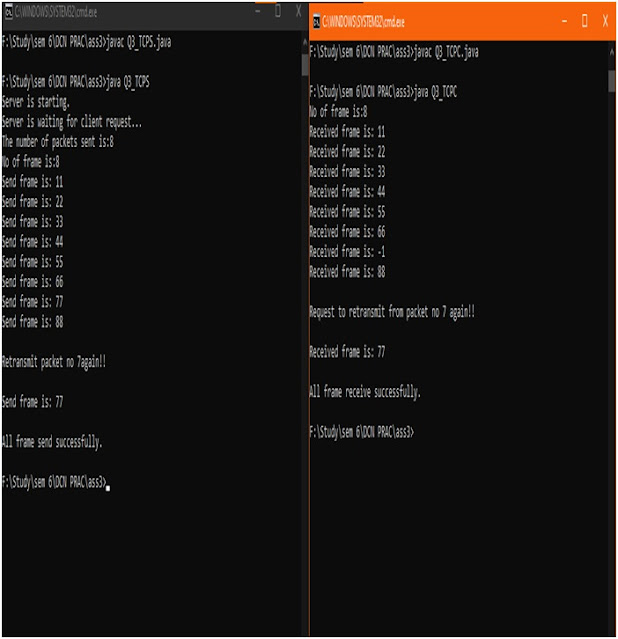Liang Barsky Line Clipping Algorithm In Computer Graphics
Liang Barsky Algorithm
 |
| Image Source - Google | Image By - pracspedia |
x = x1 + (x2 - x1) * u
y = y1 + (y2 - y1) * u
Where, 0 <= u <= 1
x2 - x1 = delta x
y2 - y1 = delta y
Replacing this values in equation,
x = x1 + u * delta x
y = y1 + u * delta y
• The point clipping condition can be written in parametric form as,
xwmin <= x1 + delta x * u <= xwmax
ywmin <= y1 + delta y * u <= ywmax
• Each of this 4 inequality is represented as,
u * pk <= qk, k = 1, 2, 3, 4
Where,
p1 = - delta x, q1 = x1 - xwmin
p2 = delta x, q2 = xwmax - x1
p3 = - delta y, q3 = y1 - ywmin
p4 = delta y, q4 = ywmax - y1
• Any line i.e parallel to one of the clipping boundry has pk = 0.
• If for that value of k, we get qk < 0 then line is completely outside the window & can be eliminated if qk >= 0, the line is parallel to the window.
• When pk < 0 the line is from outside to inside if pk > 0, the line is from inside to outside for non - zero value of pk, we can calculate u = qk / pk.
• For each line we calculate u1 & u2,
The value of u1 is determinded for the line which proceeds from outside to inside p < 0, for this we calculate rk = qk / pk.
• The value of u1 is taken as the largest of the r value.
• Conversely, the value of u2 is determined for the line which proceeds from inside to outside (p > 0).
• Again Rk is calculated and u2 is the minimum of r value.
• If u1 > u2, the line is completely outside & rejected otherwise endpoints are calculated using parameter u.
• Initialize u1 & u2 to 0 and 1 respectively.
• For each boundry calculate p & q, if p < 0.
• R is used to update otherwise if p > 0, r is used to update u2 if updating u1 & u2 results in u1 > u2.
• We reject the line otherwise we update u.
• If p = 0 & q < 0, we discard the line since it is parallel & outside the window.
• The endpoints are calculated using parameter u1 & u2.
Clipline (x1, y1, x2, y2, xwmin, xwmax, ywmin, ywmax)
{
u1 = 0.0, u2 = 1.0
dx = x2 - x1 ,dy = y2 - y1
if (cliptest (-dx, x1 - xwmin, u1, u2))
{
if (cliptest (dx, xwmax - x1, u1, u2))
{
if (cliptest (-dy, y1 - ywmin, u1, u2))
{
if (cliptest (dy, ywmin - y1, u1, u2))
{
if (u2 < 1.0)
{
x2 = x1 + u2 * dx
y2 = y1 + u2 * dy
}
if (u1 > 0.0)
{
x1 = x1 + u1 * dx
y1 = y1 + u1 * dy
}
bresenham (round (x1), round (y1), round (x2), round (y2))
}
}
}
}
Cliptest (p, q, u1, u2)
{
retvalue = true
if (p < 0)
{
r = q / p
if (r > u2)
{
retvalue = false
else
if (r > u1)
u1 = r
}
else if (p > 0)
{
r = q / p
if (r < u1)
{
retvalue = false
else if (r < u2)
u2 = r
}
else
{
if (q < 0)
retvalue = false
}
return (retvalue);
}
2-D Rotation In Computer Graphics
Comment your views on this Article :)






No comments
Comment your views on this article